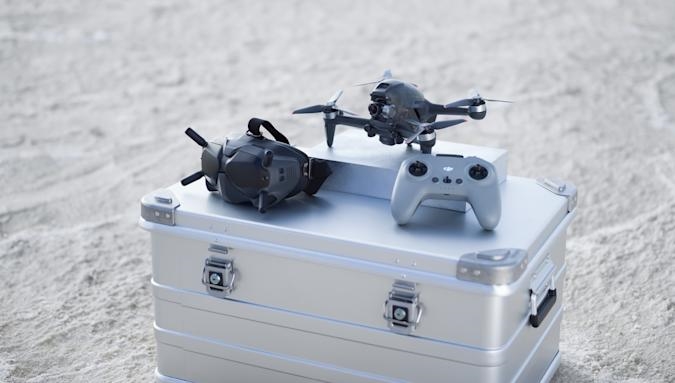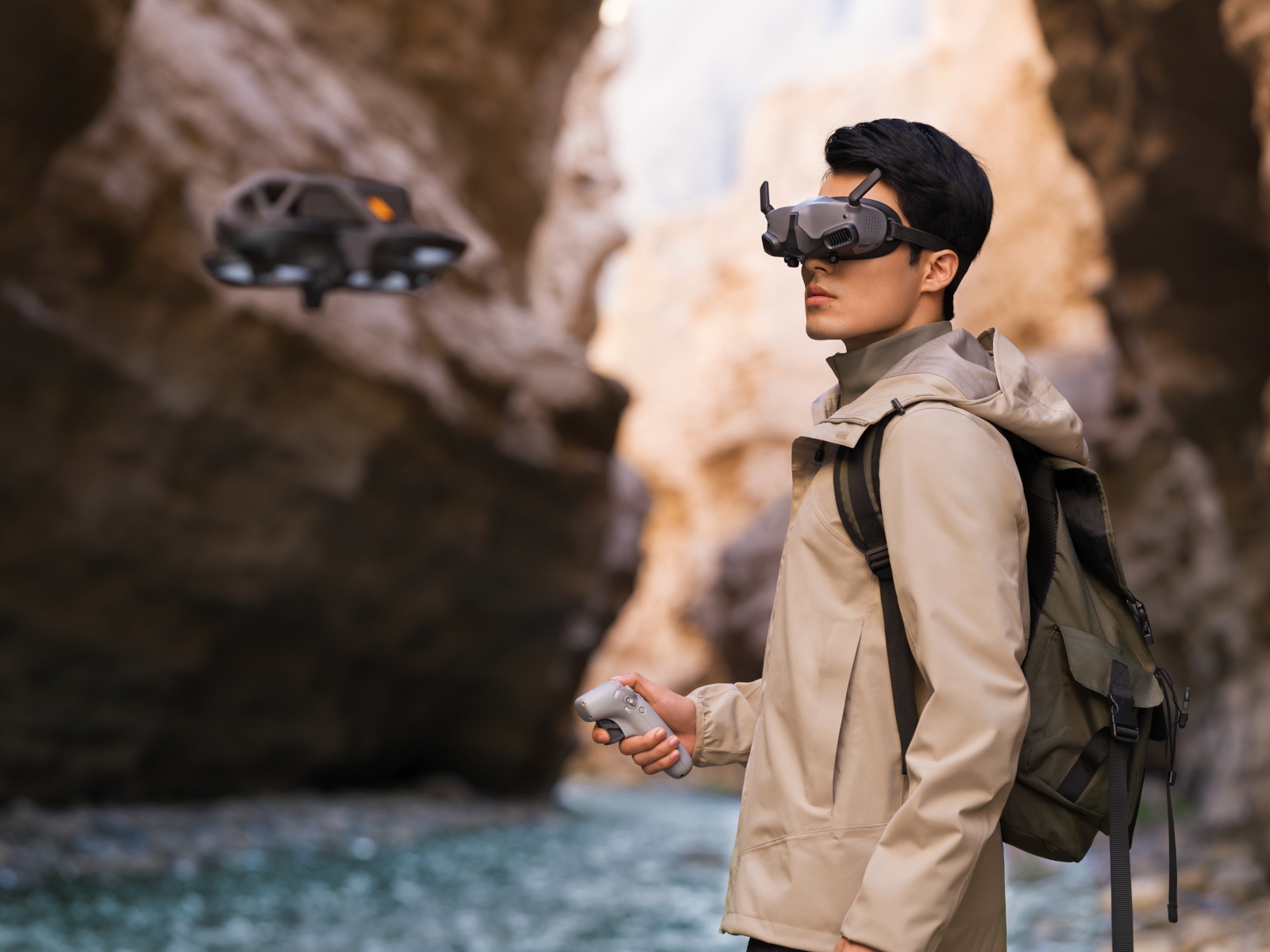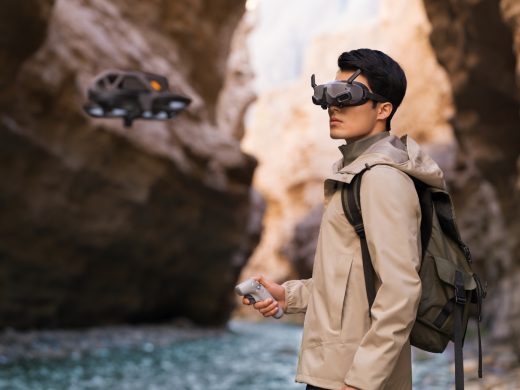DJI unveils Avata, a cinewhoop-style FPV drone
DJI officially unveils its cinematic FPV drone
The $1,299 drone works with DJI FPV Goggles V2 and offers 4K 60 fps video capture.


As leaks suggested, DJI is releasing a cinematic first-person view drone that works with its FPV Goggles. The FPV comes with the latest version of the goggles and there’s an optional one-handed motion controller. The company is calling it a hybrid drone that blends elements of cinematic FPV devices and racing drones, but it leans more toward the former category.
The company is hoping to make first-person drone flying more accessible by bringing its features to a cinewhoop-style drone. The DJI Virtual Flight app should help beginners practice before they actually start flying. There are tutorials to help you get set up as well.
The FPV has several skill-based flight modes. Normal mode makes the FPV work in a similar way to other DJI drones. It uses GPS and visual positioning systems to help it hover in place, and it has obstacle detection sensors on the front. Those will automatically slow down the FPV as it approaches an object.

Skilled drone pilots can take off the training wheels and disable the hovering features and sensors entirely with Manual mode. Meanwhile, Sport mode is in between the two, offering more freedom of movement than with Normal mode, and more safety features than Manual. Flight assistance features include an emergency brake and hover button, a return to home function and help with takeoff and landing.
The maximum speed isn’t quite what was expected. The FPV tops out at 140 km/h (87 mph), rather than the 150 km/h (93 mph) that leaks suggested. That means it’s significantly slower than many competition FPV drones, which can fly at speeds of more than 120 mph. Still, the FPV’s acceleration is solid. It can go from 0-100 km/h (0-62 mph) in two seconds, DJI claims. You’ll get up to 20 minutes of flight time out of a single battery charge.
The FPV has a built-in camera that DJI says can shoot stable 4K video at 60 fps and has a 150-degree field of view. There’s also a slow-motion, 120 fps option with a resolution of 1080p. The camera can store footage using H.265 or H.264 to take up less space on the memory card.
As for the goggles, DJI is promising a stable, low-latency signal connection that works over long-range for viewing footage in real-time — the drone has a range of 10 kilometers. The company says the FPV transmits video at a bitrate of 50 Mbps and there are several viewing options for the goggles. The standard, low-latency mode (around 40 ms) lets you view live 120 fps footage at 810p resolution with a 142-degree field of view or 50 fps with a 150-degree FOV.
Smooth mode supports higher frame rates but increases latency. There’s also an audience mode, which allows you to connect up to eight more sets of goggles to let a group of people share the pilot’s view.
The standard bundle of an FPV drone, controllers, FPV Goggles v2, cables and a battery costs $1,299/€1,349. A Fly More kit, which includes two more batteries and a dedicated charging hub, will set you back $299/€278. As for the motion controller, that’s all yours for $199/€149. The drone is available for purchase now.
(28)


